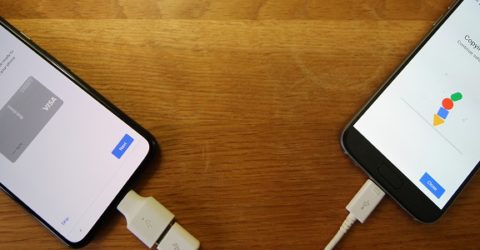What’s bonded broadband?
As ISPs struggle to improve broadband infrastructure in remote or sparsely-populated regions, bonded broadband offers a workaround.

When you sign up to a new broadband package through BroadbandDeals.co.uk, the process is pretty linear.
Your chosen ISP will become solely responsible for distributing internet data along a single connection into your home.
If that connection is rapid – such as with full fibre broadband deals – you should enjoy a service which is fast enough to cope with high definition streaming and/or immersive online gaming.
But what happens if your connection is slow?
As we’ve previously reported, ADSL broadband offers modest download speeds of 11-13 megabits per second (Mbps), and upload speeds typically struggling to reach 1Mbps.
That’ll support light internet usage, but it could hold back home workers, media students or avid gamers.
If that’s the fastest connection accessible at your property, you might assume your only alternatives are to invest in satellite broadband or rely on a 5G mobile router.
Yet there is a potential workaround which might become increasingly popular in Britain as consumer technology advances but the infrastructure needed to power it lags behind in places.
What is bonded broadband?
In essence, it involves yoking several broadband lines together, and using their collective bandwidth to deliver faster connectivity.
Imagine you have an ADSL telephone line connecting to your house. As mentioned above, it’ll deliver speeds of around 11Mbps.
If you added a second line, and bonded them together, you could achieve 22Mbps.
The process of combining two or more connections into one is managed by a device called a load balancer.
Typically capable of supporting up to eight connections simultaneously, a load balancer can distribute data at over 900Mbps, where there’s sufficient bandwidth to do so.
Nor are you restricted to using the same type of connection in tandem or sequence.
A bonded network could combine ADSL, Fibre to the Cabinet and full Fibre to the Premises connections, alongside 4G mobile networks.
CheckThe best areas for Fibre Broadband in the UK
The data itself doesn’t know how it’s being distributed, so bonding is equally suitable for offices, multi-generational households, file-heavy home workers and entrepreneurs.
Regardless of how many different connections have been lashed together, a bonded service behaves as a single line in and out of your property, with a solitary IP address.
Advantages of bonded broadband
Although it’s an infrastructure-heavy solution that’s often quite expensive to setup and maintain, bonded broadband offers some notable benefits.
Firstly, it brings greater resilience. If one line develops a fault, data is seamlessly shifted elsewhere without interruption. That’s useful for services which can’t be allowed to drop out.
Faster connectivity helps to mitigate the slow speeds achievable over some VPN services, which might otherwise be unusable across older connections.
Depending how sophisticated your setup is, it may be possible to separate voice and data services onto different lines, or prioritise certain traffic along the fastest connections.
NewsProject Gigabit to upgrade the UKs sluggish broadband regions
Improving sluggish upload speeds is a particular benefit for anyone reliant on cloud storage like Microsoft’s OneDrive, which can take an eternity to update on an ADSL connection.
If your local exchange isn’t due to be upgraded any time soon, and community fibre partnerships aren’t an option, a bonded connection provides an interim speed boost.
And although bonding is usually adopted by companies struggling to operate efficiently, it may also represent a lifeline for residential dwellings left behind by full fibre’s rollout.
However, you will need to invest in some technical support and hardware before combining a landline connection with 4G mobile network coverage, for example.






